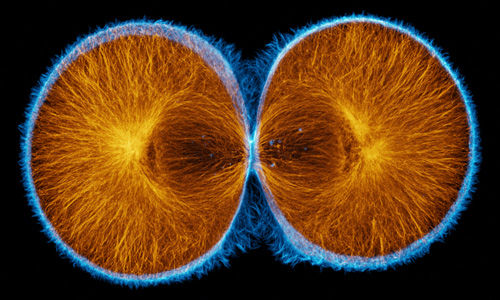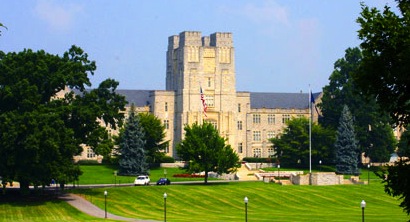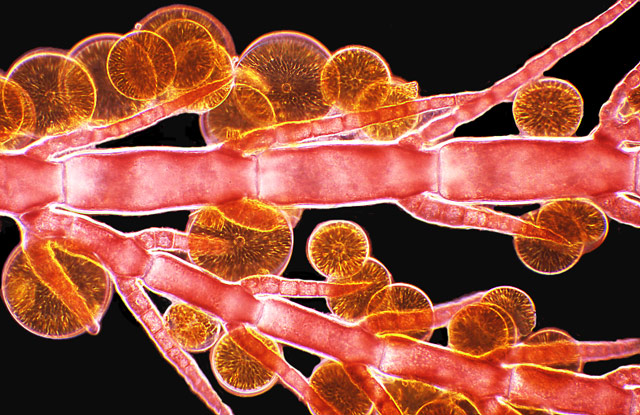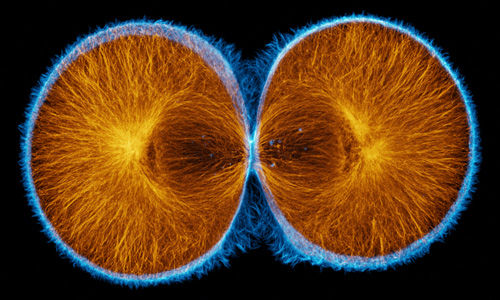From 2011.igem.org
(Difference between revisions)
|
|
| Line 11: |
Line 11: |
| | <!--- Navigation Box ---> | | <!--- Navigation Box ---> |
| | <!-- baltimore's box style: "background-color:#7998AD;" cellpadding="1" cellspacing="1" border="0" bordercolor="#fff" width="924px" align="center" --> | | <!-- baltimore's box style: "background-color:#7998AD;" cellpadding="1" cellspacing="1" border="0" bordercolor="#fff" width="924px" align="center" --> |
| - | {| style="color:#1b2c8a;background-color:#7998AD;" cellpadding="1" cellspacing="5" border="0" bordercolor="#fff" width="90%" align="center" | + | {| style="color:#1b2c8a;background-color:#800000;" cellpadding="1" cellspacing="5" border="0" bordercolor="#fff" width="90%" align="center" |
| | !align="center"|[[Team:Virginia_Tech|Home]] | | !align="center"|[[Team:Virginia_Tech|Home]] |
| | !align="center"|[[Team:Virginia_Tech/Team|Team]] | | !align="center"|[[Team:Virginia_Tech/Team|Team]] |
Revision as of 02:24, 29 September 2011



Characterization of Fluorescent Reporters:

Fluorescent proteins have become ubiquitous tools for studying cellular processes, and are frequently used to visualize the dynamics of synthetic networks in cells. To be particularly effective for these applications, fluorescent proteins must feature fast maturation and degradation rates, and these rates must be well-characterized and documented. The 2011 VT iGEM team has worked to find and characterize fluorescent proteins and degradation tags that more quickly degrade them. Here, we present chemical and mathematical models based on two parameters, maturation and degradation rates, which will hopefully contribute to more quantitative characterization and usage of fluorescent reporters in the future, and will inform future efforts in parts characterization. In conducting our experimentation, we tested different fluorescent proteins with degradation tags in Escherichia coli and Saccharomyces cerevisiae using automated fluorescent microscopy techniques, and then worked to determine a comprehensive, accurate mathematical basis for fluorescent protein characterization.
Our team consists of 10 undergraduates from Virginia Tech, UNC Chapel Hill, James Madison University, The University of Maryland, Bluefield State College, and The College of William & Mary. We would like to thank Dr. Jean Peccoud and the Synthetic Biology Group at the Virginia Bioinformatics Institute for lab space, financial support, and guidance.
|
 "
"



